Need pattern ID on Noritake china set from occupied Japan!
soldierpyz
14 years ago
Featured Answer
Comments (39)
lindac
14 years agosoldierpyz
14 years agoRelated Discussions
help identifying occupied japan mark
Comments (6)I don't know diddly about ceramics, but I do know Japan, and I know it is really quite difficult to identify more obscure makers of a particular product (not to be taken to mean less valuable or diminishing quality). In large part, that is probably due to the fact that many Japanese made products of the time (and still to the day) where not manufactured in a single factory or facility. Rather, it was standard practice for a "contractor" (if you will) to enlist the services of many (sometimes in the thousands) small family operated shops to produce a certain item to specification. Those items where then sold under a general "maker". As such, one particular "maker" or "contractor" might have sold nearly identical items, but the unique labels may have numbered into the hundreds. For your particular mark, the naka may refer to a particular family (nakano, nakagawa, nakashima), a particular region (nakajima, tonaka), or to a particular location. Possibly an abbreviation for chuo (meaning central or city center). Laurie - It's highly likely that I am mistaken, but I do know that Lefton (refuton) was one maker that used cursive writing on their markers. If I remember correctly, it was in red ink and in a circular pattern ("hand painted" "occupied Japan") with "Lefton" "Made in" printed horizontally in the center. Just an idea :-)...See MoreHelp identifying unmarked old china pattern?
Comments (30)I don't have the actual dishes at my house. It is a set that my daughter in law's grandmother left her. I sent the picture to Replacements.com and I did find out however that the pattern is a Johnson Brothers pattern JB169. However as of yet have not found a teapot which sadly was broken. If I recall correctly I believe that the only thing that was on the back was the name "Johnson Brothers"....See Moreantique tea cup - japan, hand painted- nippon marking, valuable?
Comments (13)The article is a little misleading in its explanation. Noritake was an early (and current) firm and it did indeed incorporate some smaller companies into its structure IOW gobbled up smaller companies.......so it's correct to say a lot of early Nippon pieces may be made by Noritake or companies who later produced under Noritake, but for one thing, I doubt this plate is that old. The second being that Nippon simply means Japan in Japanese and an article marked Nippon could simply mean it was made in Japan by any one of a number of companies, and there were and still are many china manufacturers. A lot of collectors called anything marked Nippon Noritake and it surely is not. That's like calling any tissue a kleenex because Kleenex is the most well known brand. The mark in the center is going to be your definitive clue. I don't know it right off and have not time to look it up but that's what I'd be researching....See MoreHelp ID Japan Mikado china set
Comments (6)(At link in OPs first post there are two pics of bottom stamp there.) So was this a vintage set when you received it as a gift, or new? If vintage, here is some info on dating items from Japan (that were imported into the US) based on what the stamp says. 1891-1921 were McKinley Tariff Act years, and items had to be marked Nippon. Post 1921 items for import into US from Japan had to be marked "Japan" or "Made in Japan", but excludes years 1945-52, during U.S. occupation, when items had to be labeled "Occupied Japan". And you know what else? I'm taking a break from some work so thought I'd do some searching. Over 30 minutes and I can't locate that mark anywhere! There are some items on ebay, but they include the word Mandalay. I did learn that Mikado has been a well known name from Japan. Doesn't help much, I know!...See Morelindac
14 years agosharonann z5 Ont
14 years agosoldierpyz
14 years agosunnyca_gw
14 years agoFori
14 years agosoldierpyz
14 years agofenestrationman
14 years agobgolson_charter_net
13 years agoigloochic
13 years agolindac
13 years agoigloochic
13 years agolindac
13 years agoigloochic
13 years agopinch_me
13 years agoigloochic
13 years agopinch_me
13 years agolindac
13 years agomoonshadow
13 years agoigloochic
13 years agomoonshadow
13 years agoantiquesilver
13 years agoKNail
13 years agokatie_hen_gmail_com
12 years agoigloochic
12 years agojfelix62608
12 years agojfelix62608
12 years agolindac
12 years agomichellebaskind_gmail_com
12 years agofeatherfalls
12 years agopollypollyester
12 years agocalliope
12 years agoHU-908669685
3 years agoCarol Donaldson
3 years agoHU-899863078
5 months agoelcieg
5 months agoMichael Hilber
5 months ago
Related Stories
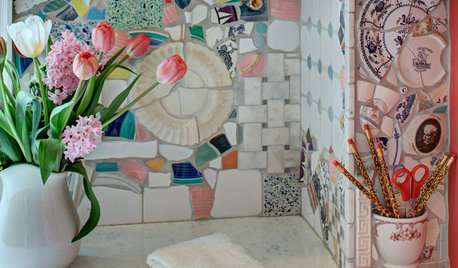
DECORATING GUIDES8 Inventive Ideas for Your Unused China
Is your dishware collection gathering dust at the back of your cupboard? Pull it out and let it shine with these eye-catching display ideas
Full Story
HOMES AROUND THE WORLDHousehold Habits and Customs to Borrow From Other Countries
Discover why salt may be the perfect house-warming gift, how to clean rugs in snow and why you should invest in a pair of ‘toilet slippers’
Full Story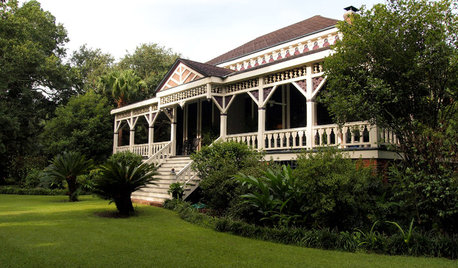
MY HOUZZMy Houzz: Heritage in a New Set of Hands at Louisiana Plantation House
A young couple put their stamp on a Victorian family home that's rich in history, heirlooms and Southern charm
Full Story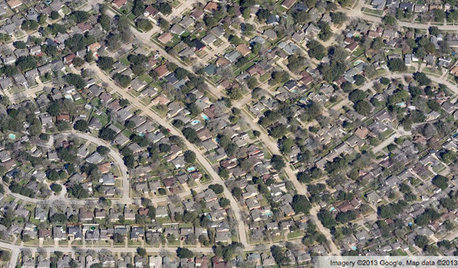
COMMUNITYGet a Bird's-Eye View of America's Housing Patterns
See the big picture of how suburban developments are changing the country's landscape, with aerial photos and ideas for the future
Full Story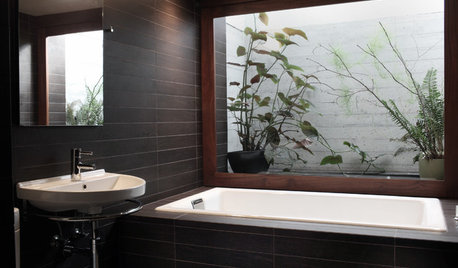
BATHROOM DESIGNPersonal Style: 50 Bath Designs From Creative Owners and Renters
Ideas abound in bathroom styles ranging from upcycled vintage to sleekly modern
Full Story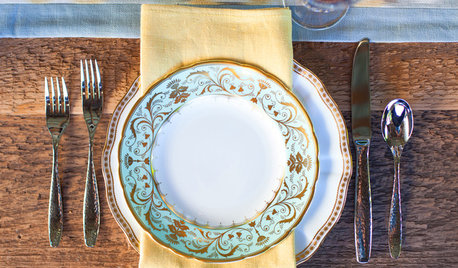
ENTERTAININGHouzz Guide: How to Set a Table
Here’s everything you need to know to prep your table for a get-together
Full Story
MODERN ARCHITECTUREHouzz Tour: A Concrete Box Home With Japanese Style
A love of Japan’s minimalistic style and the use of concrete make for a mystical experience in this Houston home
Full Story
ARCHITECTUREWorld of Design: A Tokyo Exhibit Experiments With the Future of ‘Home’
Japan’s architects and housing industry explore new ideas for dwellings that respond to changes in society, tech and the natural world
Full Story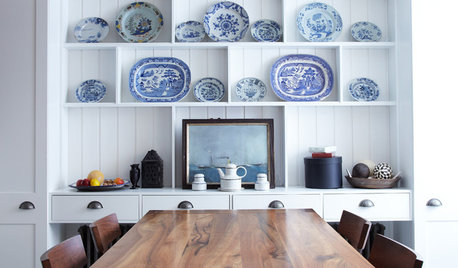
DECORATING GUIDESCreate a Classic Look With Beautiful Blue and White
These techniques and patterns from around the world never go out of style
Full Story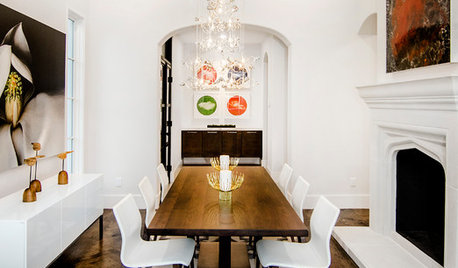
DINING ROOMSNew This Week: Proof the Formal Dining Room Isn’t Dead
Could graphic wallpaper, herringbone-patterned floors, wine cellars and fire features save formal dining rooms from extinction?
Full Story


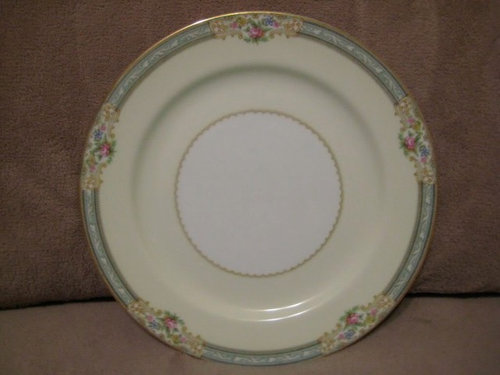
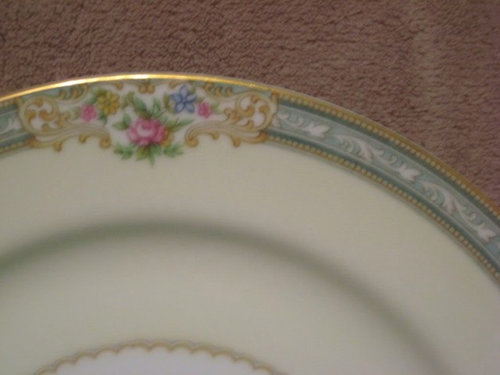
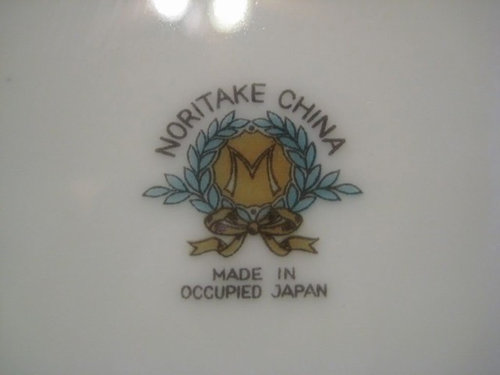
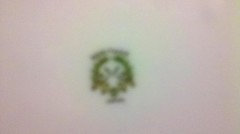
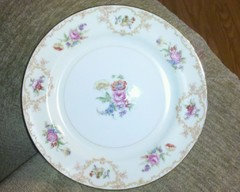
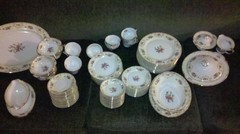
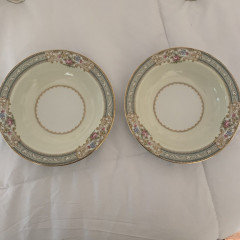
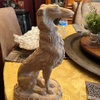
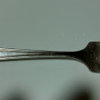


soldierpyzOriginal Author